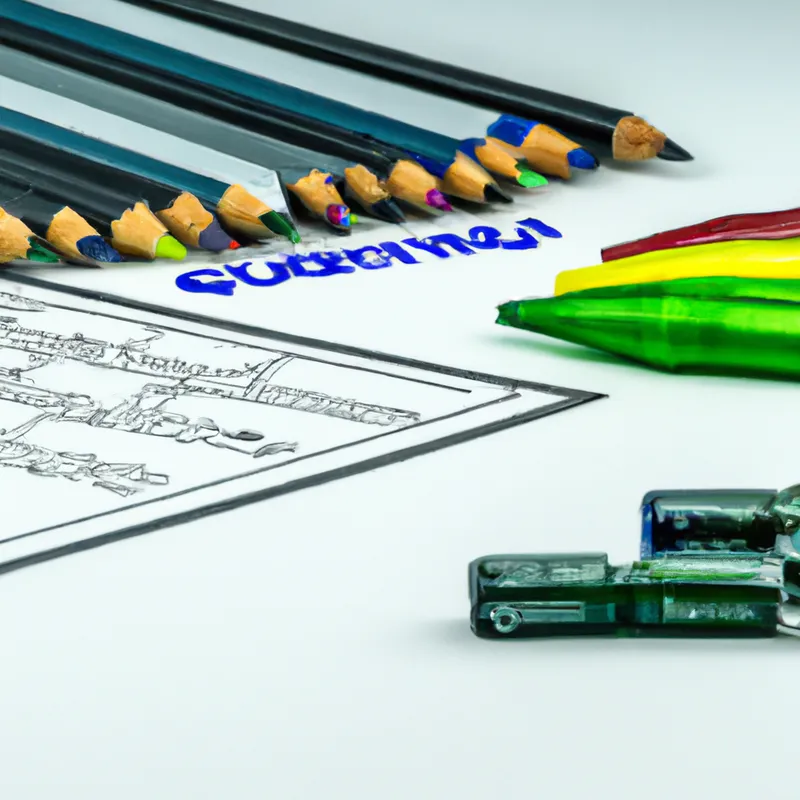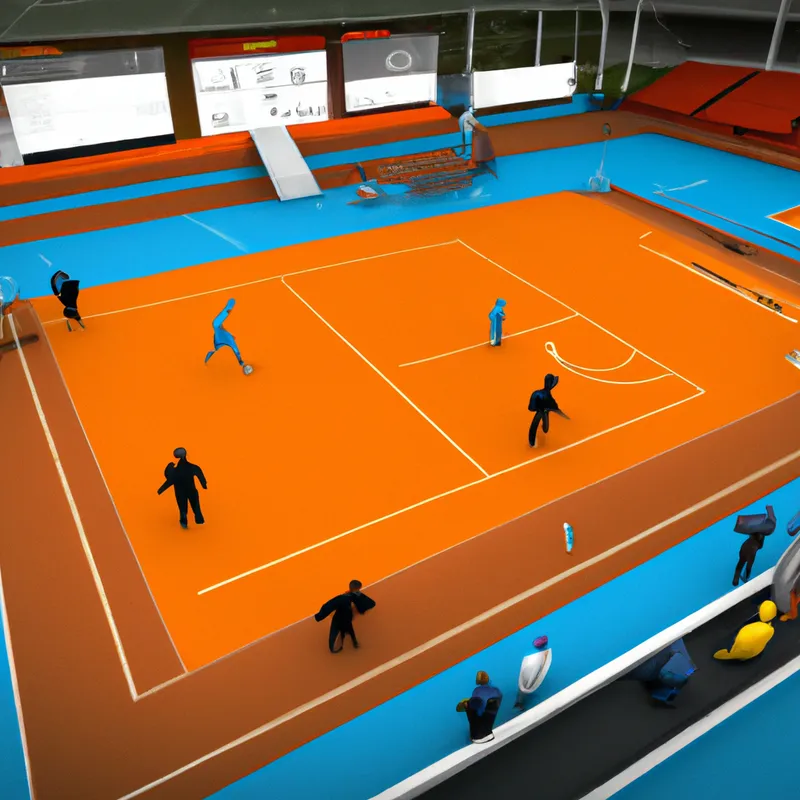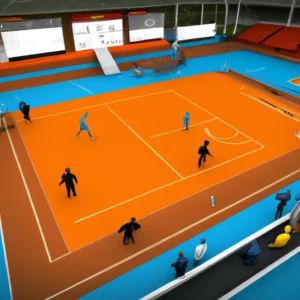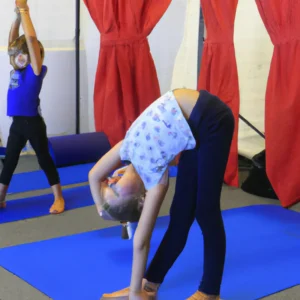Enhance Group Dynamics Through Engaging Outings
The Role of Social Activities Outside of Classes in Group Dynamics
In today’s educational landscape, learning involves collaboration and interaction. Classroom learning represents only one part of the student experience. Social activities outside of classes significantly shape group dynamics. These activities foster connections, build trust, and enhance peer collaboration. Understanding their importance helps educators and students maximize their group experiences, leading to successful academic outcomes and personal growth.
Understanding Group Dynamics
Group dynamics includes behaviors and psychological processes within social groups. These dynamics significantly influence individual interactions in academic settings. When students engage in social activities, they often shift their roles and relationships, altering the overall group dynamic.
Social activities create a relaxed atmosphere. In this environment, students feel comfortable expressing themselves, sharing ideas, and taking risks. They begin to know each other beyond academic roles, leading to stronger bonds and a sense of belonging. This belonging significantly affects students’ motivation and engagement in their studies.
Moreover, factors like leadership styles, communication patterns, and conflict resolution strategies influence group dynamics. Participating in social gatherings allows students to observe and practice these dynamics in informal settings, helping them develop essential skills for academic and professional environments.
Tips for Encouraging Social Activities
Educators can encourage social activities outside of class to enhance group dynamics. Here are some practical tips:
1. Organize Group Outings
Planning outings allows students to interact in non-academic settings. Activities like picnics, game nights, or movie screenings promote social bonding. These outings foster connections and help students explore common interests, building friendships. Educators can include cultural or community events to expose students to diverse perspectives.
2. Create Collaborative Projects
Designing projects that require teamwork encourages social interaction. When students work toward common goals, they develop relationships beyond academics. Collaborative projects, from group presentations to community service initiatives, allow students to leverage each other’s strengths while fostering accountability. This collaboration promotes trust and enhances communication skills, as students learn to express thoughts and listen to others.
3. Introduce Icebreaker Activities
At the beginning of each semester, icebreaker activities can help students feel comfortable in their new environment. These activities allow students to learn about each other’s interests and backgrounds, creating an inclusive atmosphere. Icebreakers can range from simple introduction games to interactive group challenges that encourage participation and creativity. By facilitating these interactions, educators help students establish connections that strengthen teamwork throughout the academic year.
4. Encourage Student-Led Events
Educators can support student-led events that foster social interaction. These events empower students to take initiative and create their experiences.
Conclusion
Social activities outside of classes play a vital role in shaping group dynamics. They foster connections, enhance collaboration, and improve academic outcomes. By encouraging these activities, educators can support students’ personal growth and academic success.
Below are related products based on this post:
FAQ
Why are social activities outside of classes important for group dynamics?
Social activities outside of classes are crucial as they foster connections, build trust, and enhance peer collaboration. They create a relaxed atmosphere where students feel comfortable expressing themselves and sharing ideas, ultimately leading to stronger bonds and a greater sense of belonging, which positively influences motivation and engagement in their studies.
What are some effective ways educators can encourage social activities?
Educators can encourage social activities by organizing group outings, creating collaborative projects, introducing icebreaker activities, and supporting student-led events. These strategies promote interaction among students in non-academic settings, helping them develop relationships and essential skills that enhance group dynamics.
How do social activities impact students’ academic outcomes?
Social activities positively impact academic outcomes by fostering trust and effective communication among students. When students engage in collaborative and social settings, they develop essential teamwork skills that enhance their ability to work together towards common goals, ultimately leading to improved academic performance and personal growth.















Post Comment